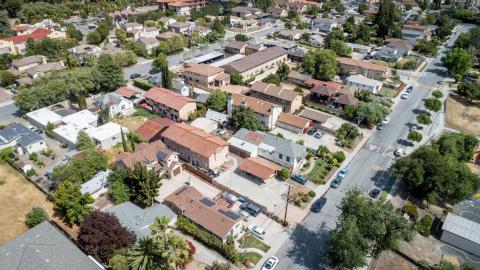
The ABAG Executive Board Thursday evening took the first step toward allowing Bay Area voters this fall to consider a first-of-its-kind regional housing finance measure by adopting a resolution that approves the Bay Area Housing Finance Authority (BAHFA)'s placement of a measure on the November 2024 ballot in each of the nine Bay area counties.
The measure would raise up to $20 billion through the issuance of general obligation bonds to produce new affordable housing units and to protect existing affordable housing properties throughout the region.
The Executive Board's action authorizes the BAHFA Board in the coming weeks to approve the ballot question, the text of the ballot measure and the tax rate statement. Once the BAHFA Board adopts its resolution calling for the election, Bay Area counties' boards of supervisors are expected to consolidate special elections in each county with the Nov. 5 statewide general election.
If approved by voters, 80% of the bond funds, or up to $16 billion, will go directly to the nine counties to fund the highest local affordable housing priorities. The remaining 20% will be used by BAHFA to establish a new regional program to fund affordable housing construction and preservation projects throughout the Bay Area.
The Executive Board also approved BAHFA's Business Plan and adopted a resolution that approves BAHFA's regional expenditure plan and directs ABAG's executive staff to bring forward a guideline to implement labor standards for affordable housing projects funded through the 20% of bond revenues used for BAHFA's flexible regional program.
These standards include a prevailing wage requirement for workers on construction projects with 10 or more units and a provision to require comprehensive health insurance benefits for workers on projects to build 50 or or more units.



Submit your comment
In order to receive a reply to your comment, please provide an email address.